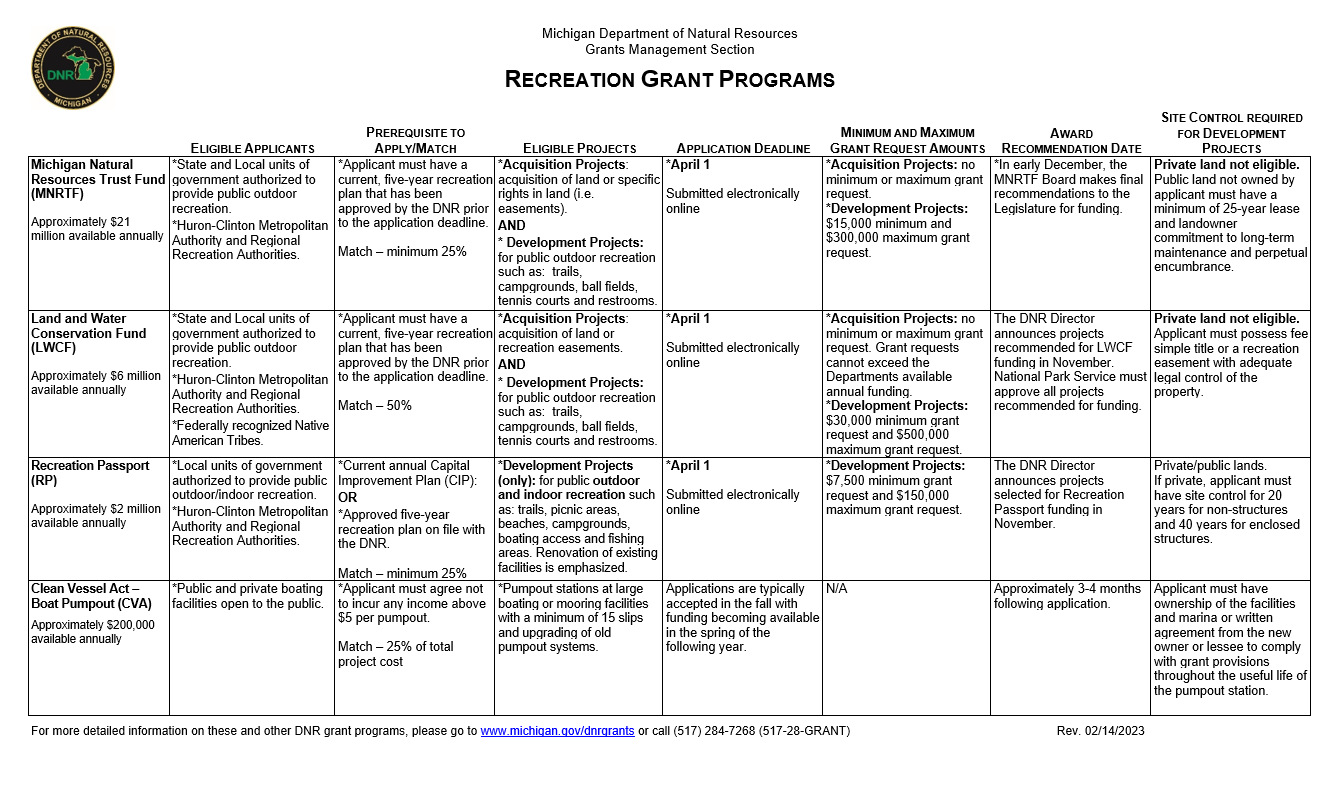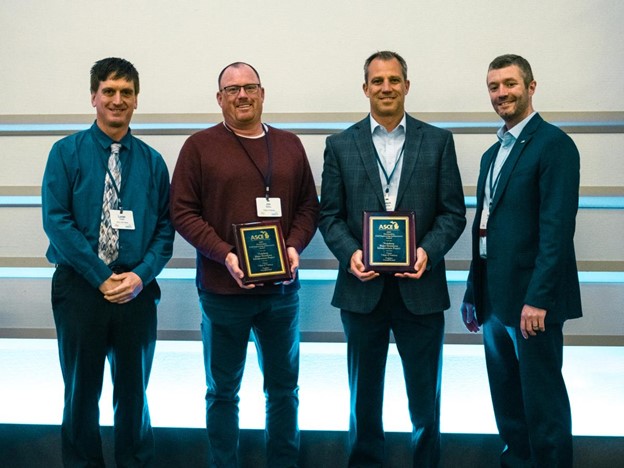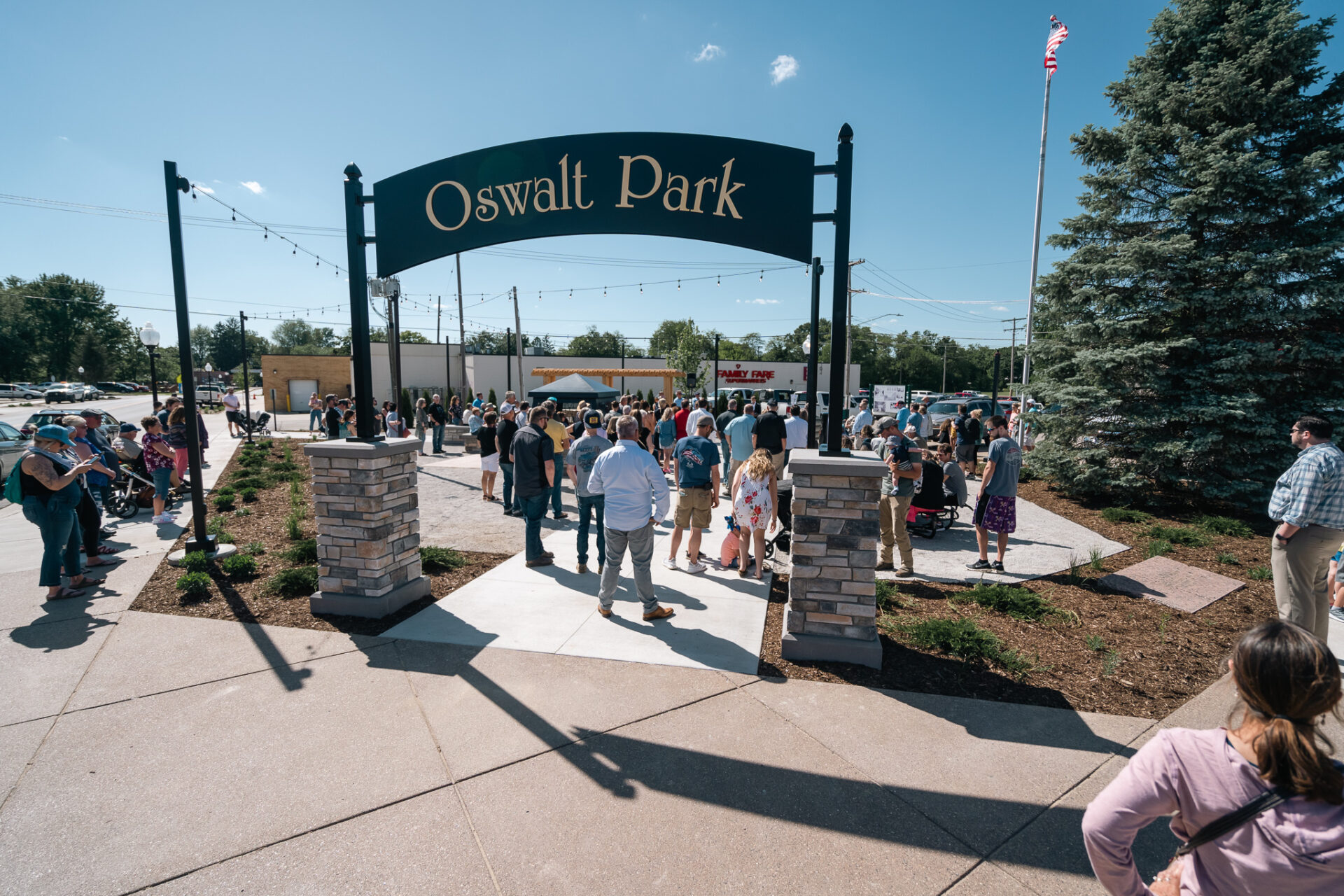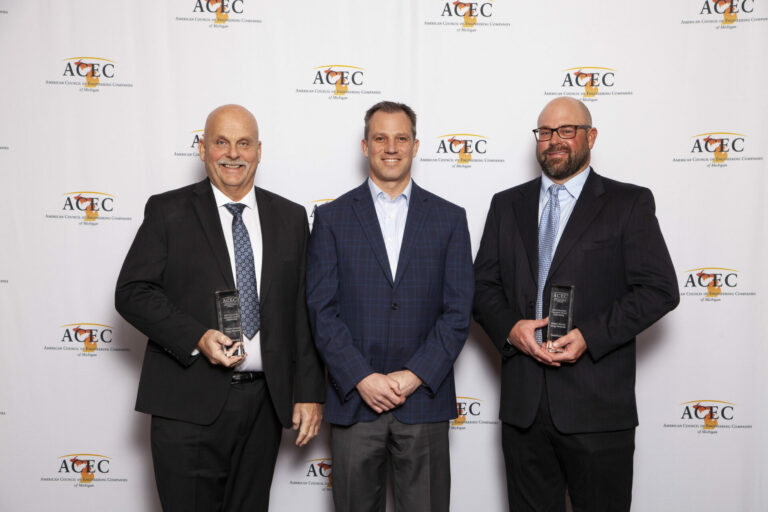Ensuring the safety of our roadways is a top priority for transportation authorities and community leaders alike. To further this objective, the Michigan Department of Transportation (MDOT) implements safety improvement programs to address concerns related to high-crash intersections and roads. MDOT allocates significant resources to enhance road safety through various funding programs with a comprehensive plan designed to identify, prioritize, and implement safety improvements across the state’s transportation infrastructure.
What are my options?
The Michigan Highway Safety Improvement Program (HSIP) is a core Federal-aid program with the goal of achieving a significant reduction in traffic fatalities and serious injuries on all public roads, including those that are non-State-owned or on tribal land. Any agency wishing to submit an improvement project is encouraged to apply for HSIP funds. Examples of these projects could include a horizontal curve delineation, rumble strips, edge line pavement markings, signal backplates, countdown pedestrian signals, or a stop-controlled intersection sign upgrade project. Recently, a bipartisan infrastructure law was implemented to emphasize the importance of vulnerable road user safety as part of the HSIP. This strategic program enables MDOT to allocate resources effectively and prioritize projects that will have the most significant impact on improving safety for all Michigan residents.
The High Risk Rural Roads (HRRR) plan allows for an additional funding source, with applicable locations defined as “any roadway functionally classified as a rural major or minor collector or a rural local road with significant safety risks, as defined by a State in accordance with an updated State strategic highway safety plan.” Any rural roadway with an increasing fatality rate may be considered for this funding opportunity, and selected projects are to be obligated in 2026. A non-selected HRRR project will be automatically considered for general 2026 HSIP safety funds.
Key Factors to Consider
- Does your agency have confusing intersections that often have crashes?
- Does that blind spot at the intersection hide pedestrians?
- Are roadway departures common along some of your curves?
- Do you have a dark roadway that could benefit from better lighting?
- Are you simply looking to update an older traffic signal layout to the latest standards?
If you are considering any of these improvements, then your community may qualify for safety funding through this grant process. Prein&Newhof is qualified and happy to assist with determining the area of need, applying for funding, and improving the safety of roadways for all users by maximizing this opportunity of available federal funds.
What are my next steps?
These funding opportunities require applications to be prepared in March so that applicable candidates can obtain Letters of Support in time for the submittal deadline at the end of April. Prein&Newhof can assist you by reviewing and assessing whether a particular intersection or road qualifies as a strong candidate for MDOT safety funding. With a focus on vulnerable users, as well as specific locations with high crash rates, we can determine locations that may be approved for funding to address and improve public safety concerns.
Together, we can proactively face these safety challenges by initiating a comprehensive review of your roadways, identifying opportunities for improvement, and positioning your projects for MDOT safety funding!
Call Connie Houk, PE or Scott Tezak, PE at 231-468-3456 to learn more about how these MDOT funding opportunities can benefit your community.





